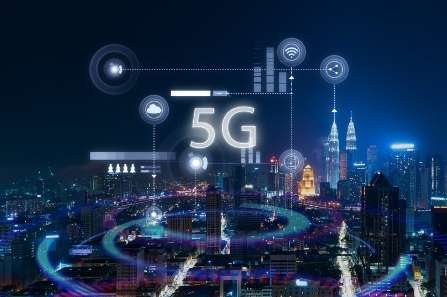
5G networks represent a significant evolution in wireless communication technology, bringing with them a variety of complexities that arise from their advanced architecture, capabilities, and operational requirements. Here are some key aspects of 5G network complexity:
5G has a more complex network architecture than previous generations. It includes: Radio Access Network (RAN): This consists of both traditional macro cells and new small cells to enhance coverage and capacity.








Core Network: The 5G core is service-based and allows for network slicing.
Transport Layer: There is an increased need for efficient transport technologies (e.g., fiber optics) to connect various network elements.
5G introduces the concept of network slicing, which allows operators to create multiple virtual networks on a single physical infrastructure. Each slice can be tailored for specific applications (e.g., IoT, enhanced mobile broadband, ultra-reliable low latency communications), leading to increased complexity in management and orchestration.
5G supports a wide range of use cases beyond traditional mobile broadband, such as autonomous vehicles, smart cities, AR/VR applications, and massive IoT. Each of these applications has different performance requirements, leading to a complex set of design and operational challenges.
Operating 5G requires integration with existing 4G/LTE networks and other legacy technologies. This includes interworking and the need for seamless handovers, which can complicate the network architecture.
5G utilizes a broader range of frequency bands, including sub-6 GHz and millimeter-wave (mmWave) frequencies. Each band has different propagation characteristics and coverage, complicating planning and deployment.
Advanced antenna technologies like Massive MIMO (Multiple Input Multiple Output) and beamforming are critical for 5G. These technologies add complexity in terms of hardware requirements, signal processing, and overall system design.
The 5G infrastructure introduces new vulnerabilities, increasing the complexity of security management. The expanded attack surface requires more sophisticated security measures at various levels of the network.
5G networks often incorporate edge computing to reduce latency by processing data closer to the end user. This requires additional infrastructure and orchestration, further contributing to overall network complexity.
The integration of billions of IoT devices requires sophisticated management systems and protocols to handle the unique characteristics and limitations of these devices across a diverse ecosystem.
Managing the performance, reliability, and quality of service (QoS) in a 5G network involves complex analytics and monitoring. With the increased number of connected devices and services, effective network management becomes more challenging.
The complexity of 5G networks necessitates advanced planning, investment in new technologies, and innovative approaches to network management and security. As the technology continues to evolve and mature, the industry will have to address these complexities to fully realize the potential benefits of 5G.


Leave a Reply